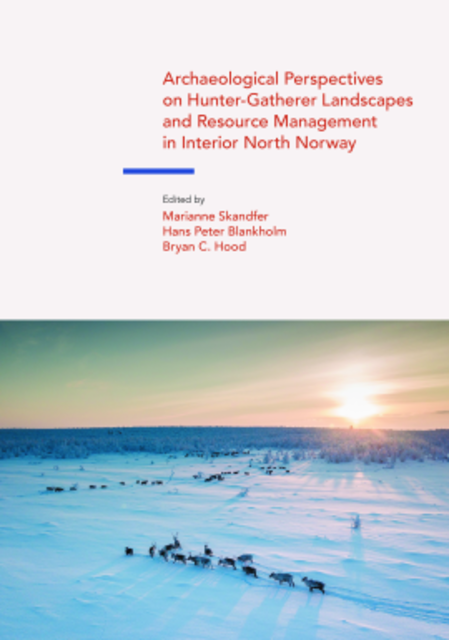Skandfer et al./Archaeological Perspectives on Hunter-Gatherer Landscapes, 4. Reflections on Living in Landscapes

Full description
Human practices in the environment consist both of immediate observation and experience, as well as acting within an archive of inherited cultural knowledge that constitutes a conceptual framework for decision making and for talking about and reflecting upon the environment. Knowledge acquisition is both individual and experiential, updated ‘on the fly’, and it also has an extended temporal dimension that involves reproduction through cultural models and social relations. Thus, cultural models are not static determinative programs, but instead are constructed and reconstructed through experience. The physicality of the environment provides both constraints and opportunities for human action, as do the ontologies through which humans interact with various non-human entities. The knowledge accumulated through landscape practices is archived in socially distributed networks, and a primary instrument for this is human memory, which facilitates intergenerational transmission. But memory is also assisted by various material aides de mémoires – place names, artifacts and rock art representations – what some might call ‘distributed’ or ‘situated’ cognition. Some practices rather than others are reproduced preferentially over time, so we need to address what may have been ‘selected’ for the developmental pathways undergone by different practices. Archaeological interpretations of landscape are by necessity situated in our own ontologies, yet we must imagine past worlds of action based on other ontologies. In this chapter we outline some ways of thinking about how humans and other entities live in landscapes, with emphasis on archaeologically useful perspectives. We are particularly concerned with the forms of living termed hunting and herding. We begin with a general discussion of a ‘practice ecology’ or ‘ecology of practice’ that lays out some basic premises of the approach. The reflections presented here inform some of the other chapters in this volume, but they should not be taken as constituting a common framework. One of the central challenges is how a ‘relational’ perspective can be operationalized archaeologically. We provide some examples from place name studies, sacred sites and rock art.
- typeImage
- created on
- file formatpng
- file size321 KB
- container titleArchaeological Perspectives on Hunter-Gatherer Landscapes and Resource Management in Interior North Norway
- creatorBryan C. Hood; Marianne Skandfer
- isbn9781781798188 (eBook)
- publisherEquinox Publishing Ltd.
- publisher placeSheffield, United Kingdom
- rights holderEquinox Publishing Ltd.
- doi
We use cookies to analyze our traffic. Please decide if you are willing to accept cookies from our website. You can change this setting anytime in Privacy Settings.
